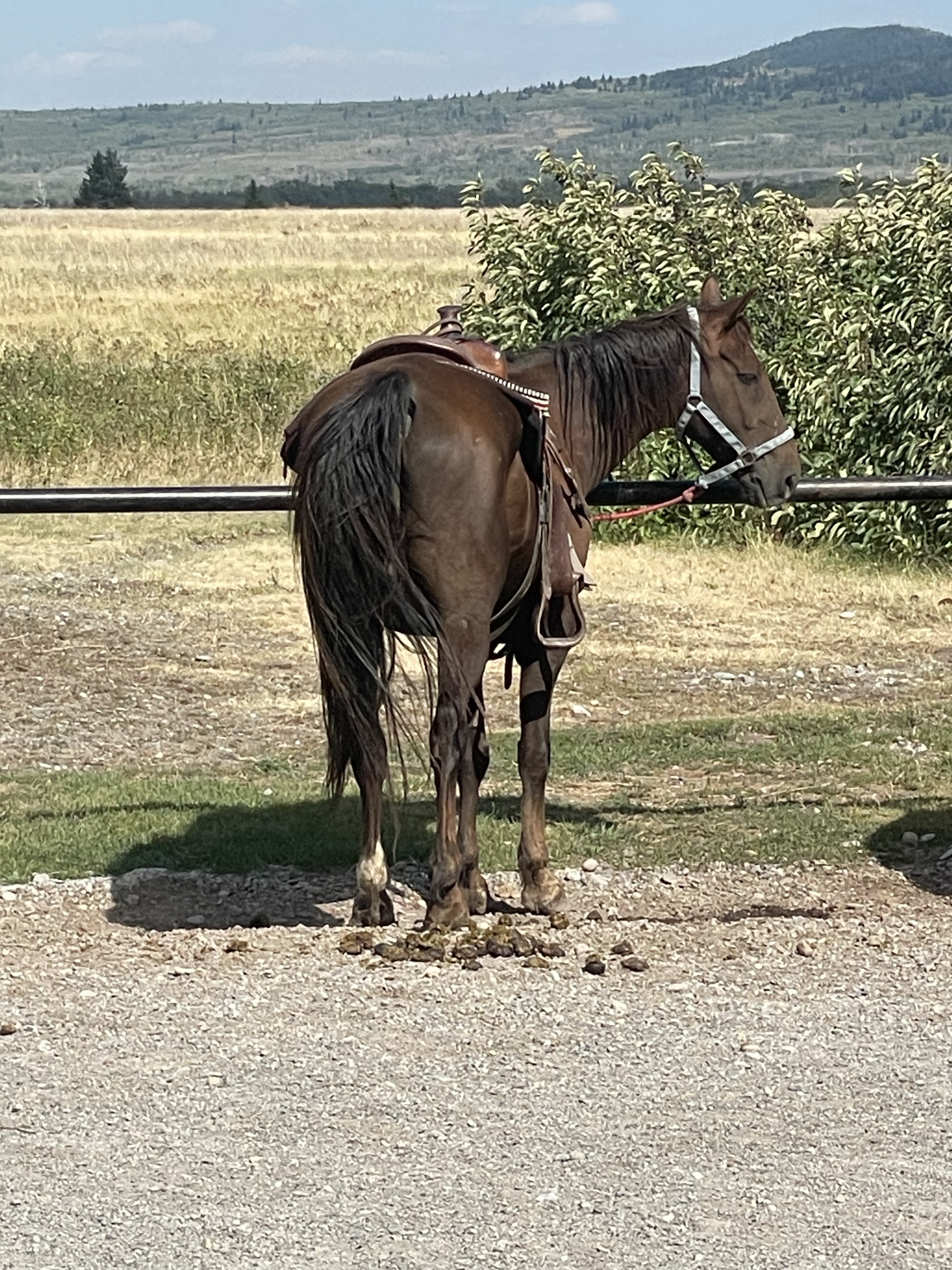Hiking is a great way to enjoy nature, but it can be risky if you’re not prepared – especially if there are wild animals like bears around. Staying safe is important not just for you, but it also shows respect for nature. To have a good time and avoid any problems with wildlife, it’s important to follow some key safety tips. These tips will help you enjoy your hike without disturbing the animals.
To stay safe while hiking, especially in regions with wildlife such as bears, hikers should adhere to the following safety tips:
When venturing into wilderness areas where bears and other potentially dangerous wildlife are present, thorough preparation and knowledge of proper safety measures can make all the difference. Below are some detailed strategies to help ensure a safe hiking experience:
Carry Bear Spray
Bear spray has been proven to be a highly effective deterrent in warding off bears in the event of an aggressive encounter. However, owning bear spray is not enough; you must learn the correct way to use it. Practice removing it from the holster and familiarizing yourself with the safety mechanism when you’re not in a stressful situation. Be mindful of the wind direction to avoid accidentally spraying yourself, and remember that bear spray should only be used as a last resort.
Hike in Groups
There is safety in numbers, and this adage holds true in the wilderness. Hiking with others not only creates a more enjoyable experience but also reduces the chances of an animal attack. If you do encounter a bear, band together with your hiking companions to make yourselves seem larger and more intimidating. Stand tall, wave your arms, and make a lot of noise—bears are typically cautious creatures and will often avoid confrontation with a larger group.
Make Noise:
Making noise is key to avoiding surprising a bear on the trail. You can call out, clap your hands, sing, or play music. A small, portable speaker like the Anker Soundcore mini can be useful for this purpose. The idea is to prevent startling a bear at close range, which is often the cause of bear-related injuries. Let them hear you coming, and they will likely move out of the way. Click this link to see the speaker I use https://amzn.to/3wEUjAM
Be Informed:
Educate yourself about the specific environment you’ll be hiking in. Knowledge of the local bear species, their behavior, and their habitats can help you make informed decisions on the trail. Learn about the local flora and any natural hazards you might face. Including unstable terrain or swift rivers, and plan accordingly.
Stay on Designated Trails
Established trails are not only there to guide you through the natural landscape but also act as a buffer between wildlife and humans. Sticking to these paths, you reduce the risk of stumbling upon a bear or other wildlife that may be caught off-guard by your presence, which can lead to unpredictable behavior. I recommend using All Trails if you don’t know the area.
Avoid Hiking at Dawn, Dusk, or Night
These periods of low light are when bears are most active and when they go hunting for food. It’s not just the increased likelihood of encountering a bear; low visibility conditions make it difficult for you to spot wildlife before it’s too late. Stick to daylight hours for hiking when you can see clearly and have the best chance of avoiding a dangerous situation.
Check for Recent Bear Activity
Inquire with park officials or local authorities about the recent wildlife activity in the area. Signs of bear activity can include scat, paw prints, or reports of sightings. If there’s evidence of frequent bear movement along a certain trail, it may be prudent to select a different route for your hike.
Secure Food and Garbage
Proper food storage is crucial when camping in bear country. Use bear-proof canisters, or suspend your provisions in a bag between two trees, far enough from the trunk and ground so bears can’t reach them. This helps prevent bears from associating humans with food, which can cause problems for both bears and future campers.
Do Not Feed Wildlife
While it might seem harmless or even a kind gesture, feeding wildlife disrupts their natural foraging habits. It also can lead to dangerous alterations in their behavior. Animals that become accustomed to human food may become aggressive towards people in their search for an easy meal.
Plan Ahead for Hikes:
Let a responsible party know of your hiking plans. Tell them where you’re going, the trails you plan to take, and when you expect to return. This information is vital in case of an emergency. Enabling rescue services to have a clear starting point if you do not return as scheduled.
Incorporating these key principles into your hiking will enhance your outdoor relationship. By respecting natural habitats and following these guidelines, you’ll positively impact ecosystem sustainability. Respecting wildlife, staying on trails, and leaving no trace preserves the environment and shows our commitment as nature’s stewards.
Further enriching this practice with proper preparation and awareness can significantly enhance the safety of both individual hikers and their fellow trail enthusiasts. Wearing appropriate gear, staying informed about weather conditions, and understanding one’s physical limits are just a few examples of the due diligence required to ensure a secure and enjoyable experience. Such measures also mitigate the risk of accidents, reducing the need for rescue operations that can place additional strain on the environment and local resources.
By establishing and following a code of responsible hiking, we make a collective effort to protect and cherish the natural world. This commitment extends beyond personal benefit, fostering a community spirit among outdoor aficionados and ensuring these treasured places remain unspoiled for future generations. In this way, through mindfulness and action, we can relish the beauty of the wilderness while acknowledging our responsibility to act as its guardians.














From visitors